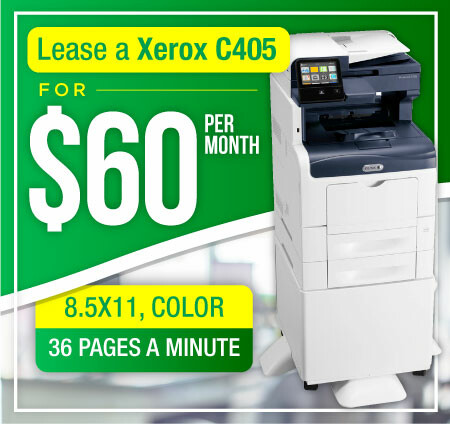Basics on How a Copier Works
Everyone knows that you put a toner cartridge in the printer, set up a print job, and the result is a neatly stacked pile of perfectly copied papers. If you’ve ever wondered how the toner gets that ink onto your brochures, here’s the basic rundown.
The majority of printers emit a laser beam that propels a picture of your print job onto an electrical drum that rotates. The drum is covered with selenium or some other chemical. The laser beam elicits a reaction from the chemical and takes away the charge from where the light hits. Then the toner’s ink fragments are taken up by the charged spots. The picture is then printed on the paper, using the warmth to stick the ink to the page.
If your printing jobs start looking wrong, it’s likely a problem with the drum or fuser. If the problem’s in the drum, you’ll usually see lines on the image. If it’s the fuser, the cause is improper temperatures that result in ink flecking off of the paper. You can avoid wasting money by making sure you know the cause before purchasing replacement parts. These issues can happen more frequently where the humidity is very low or very high like Seattle.

